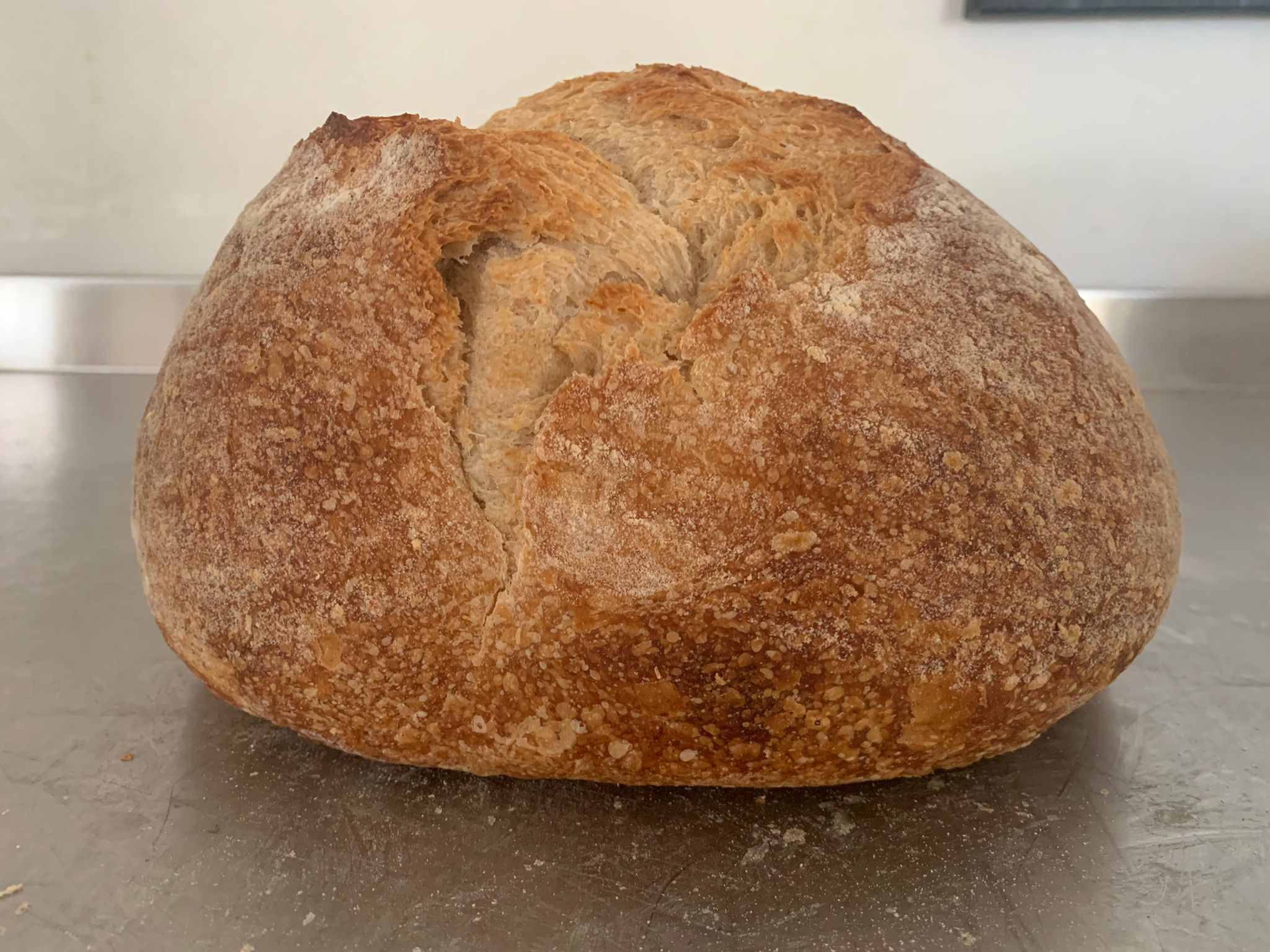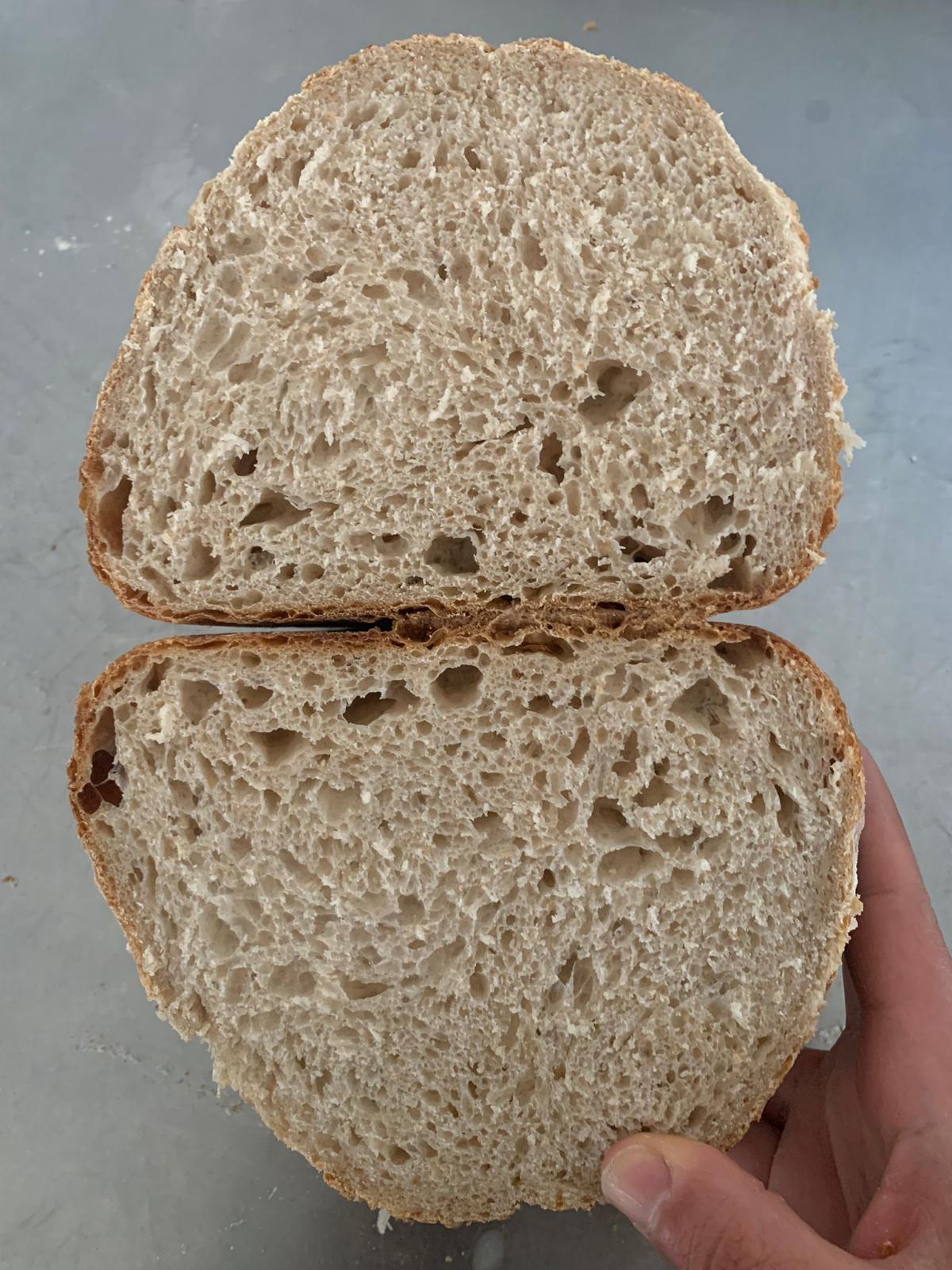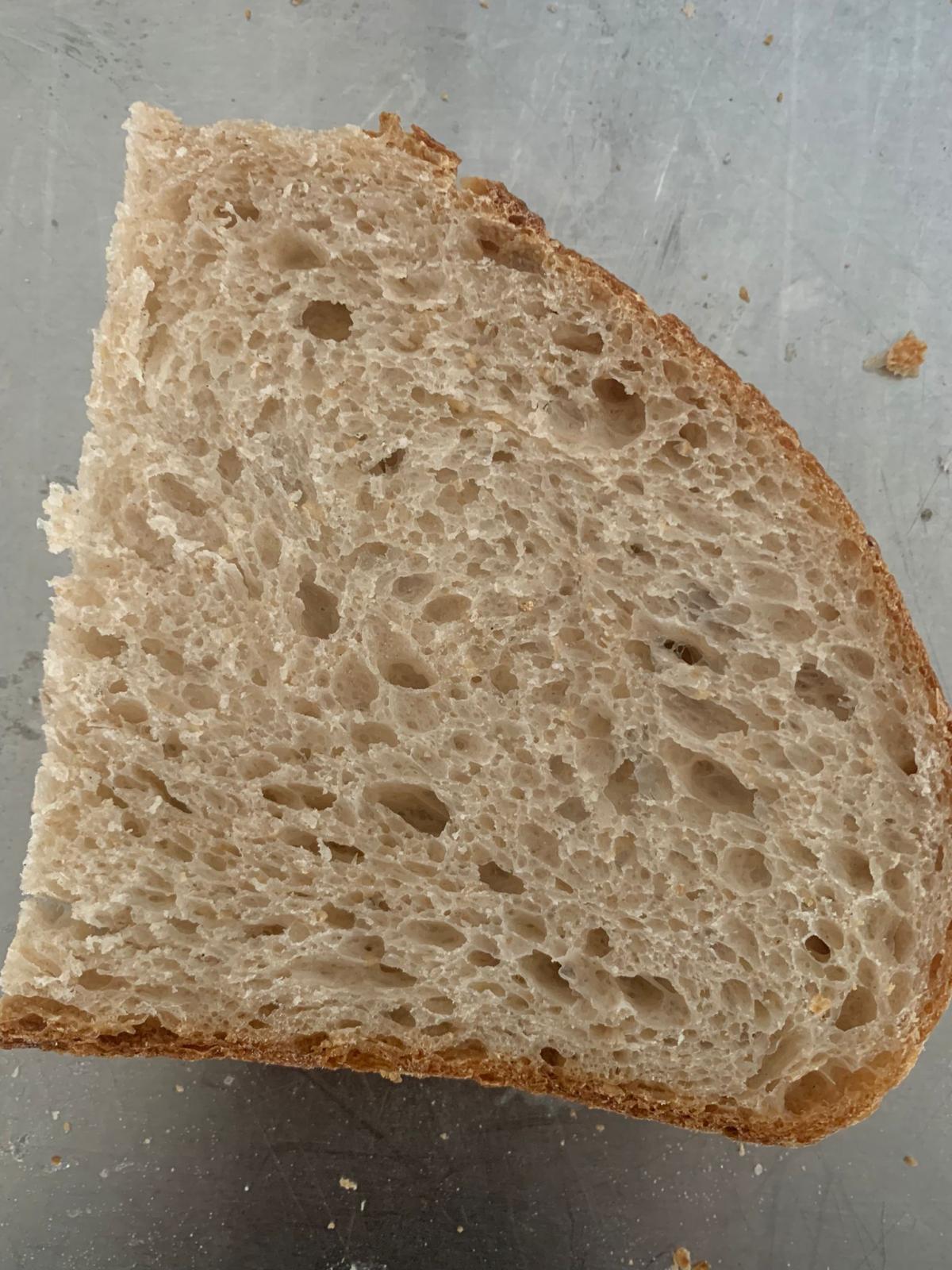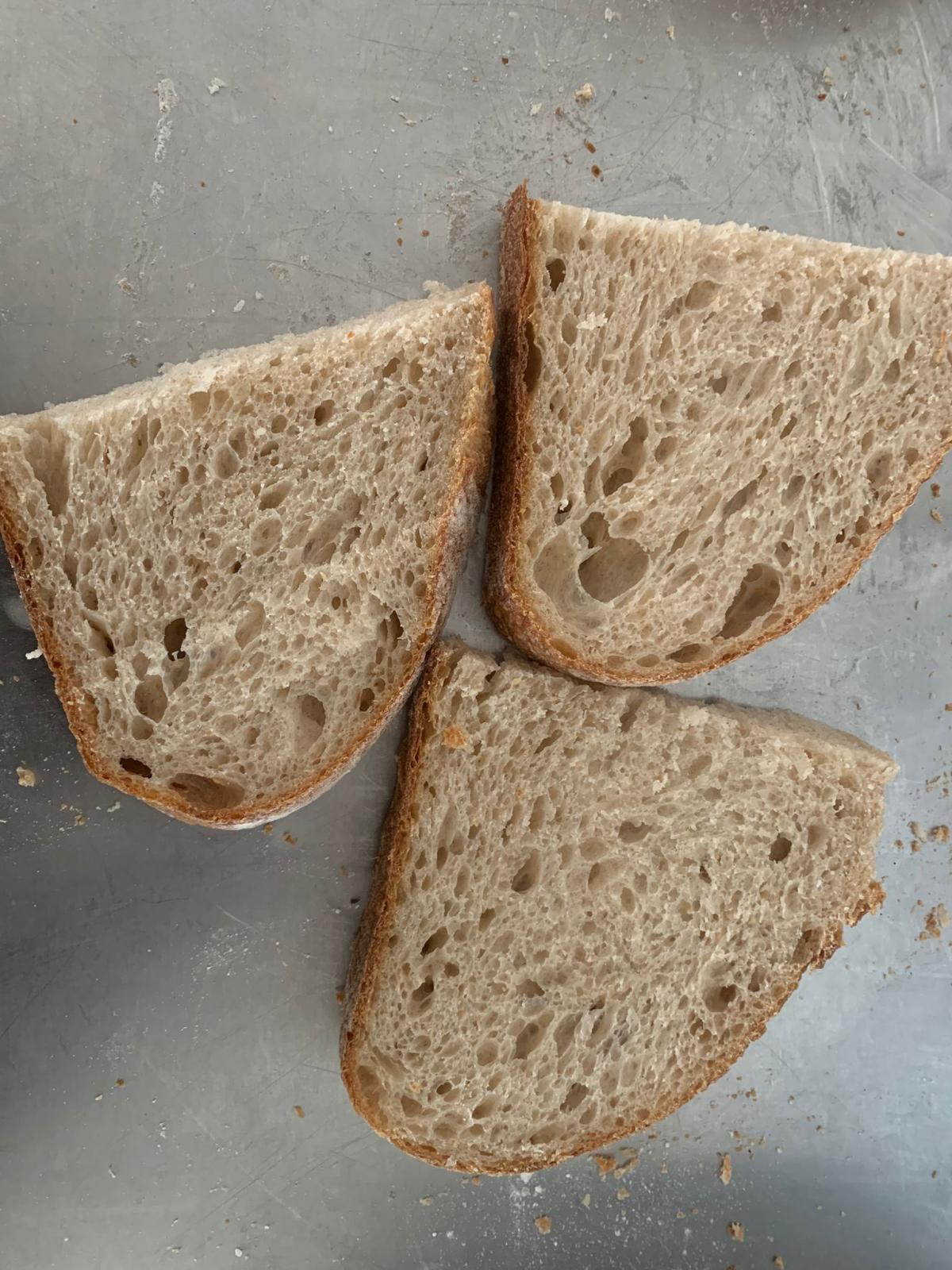Hey there TFL Family,
How's it going? I hope all is well.
I've been facing a dilemma and really need your help.
I currently am running a micro-bakery as a side business from home and am making baking some great sourdough bread. The recipe I'm utilizing is the Tartine recipe that I've reduced to about 72% hydration instead of the normal 75%. At the moment, I'm utilizing a Rofco B20 that I'm getting excellent results with. My orders started becoming more and more, starting off with 2 loaves, going up to 6, then 10. then all the way to 30. I believe I've got more potential to grow, and decided I need a second oven.
I didnt have enough cash to fork out to buy another Rofco B20 or a B40, as they cost about 3000-4000 AUD. So I thought, why not buy a deck oven instead? Upon researching and consulting my electrician, most deck oven that have no steam injection utilize three phase power that was not suitable for my household. I had to either find a single phase unit like the Rofco, or spend an arm and a leg, bring in three phase electricity to my household, and then find a unit accordingly. Upon also researching this forum, I came across the Berjaya deck ovens that run on single phase 6000w electricity, and are plug and play like the Rofco ovens. So I found one used for 950 aud, brought it home, and thats when everything started going backwards :)
Firstly, I've never used any other oven to bake my bread besides my Rofco B20. This oven had seperate top and bottom heating element controls, what would you say would be the best temp for these elements when pre-heating and baking?
Secondly, I'm having issues with steaming the oven. The oven has a hole at the back of it to vent it. I thought there is no way the oven would be able to hold steam if that hole was open, so we covered it tightly with some foil. I've tried steaming the oven with my garden sprayer, loaf pan with water in it, and both of them together, but I think the oven isnt holding enough steam. The only thing I havent tried is lava rocks now. How would you recommend steaming the oven? Would I need to steam the oven multiple times within the first ten mins to produce enough steam? I believe Carol Field in her book 'The Italian Baker' recommends steaming three times in ten mins with her Ciabatta recipe.
Thirdly, my loaves for some reason are coming out very very distorted, and I'm not sure why. The same loaves within the Rofco B20 come out perfect, but these ones whilst having oven spring just come out 'oval' for some reason even though they are round. The crumbs I would say are not 'dense' and actually taste wonderful as toast, but for some unknown reason, they dont blossom as much as my loaves in the Rofco.
Here are some photos:




I'd love to hear your recommendations and what you think is going wrong,
Best Regards,
M.
I won't comment on your other problems, but as far as steaming goes, I think your best bet is to inject steam from an external source.
I use a pressure cooker to generate steam for a domestic oven. That is one option for you, or an external steam generator is another option - have a look at this post by DGoldy.
How long you inject steam for depends very much on how well sealed your oven is. In the best deck ovens, you inject for just 6-7 seconds and then vent after maybe 15-20 minutes. but this depends on good seals round the door and elsewhere. Are your door seals good?
What I do at home is an initial big blast of steam and then continue to trickle it in for another 4 minutes. I vent the steam after 20 minutes.
I hope this gives you some ideas.
Lance
Hi M where abouts in Australia are you? unfortunately you haven't filled in your details and the only clue is $AUD. Always glad to see fellow Aus bakers on this page, Lance from the UK has given some pretty good advice and if you can generate steam prior to entering the oven then this has to assist the whole exercise. love to see some pictures of your ovens Kind regards Derek Perth Western Australia
Hey there Lance and Derek,
Thank you so much for your replies, much appreciated.
So the oven is a Berjaya J/BSP-E6KW-1. Here is a picture and the end of the post :) With my research on the forum, I believe one other user has the same oven and was having the same issues, and solved it by turning off the top heating elements for the first 20 mins of the bake. I'm quite sure its got nothing to do with dough shaping or fermentation as the same dough is fine with my Rofco B20, but for some doesnt blossom like it does in the Rofco with the Berjaya oven. Using new equipment is a whole different ball game.
In terms of steaming, I've tried utilizing a garden sprayer, and a loaf pan filled with boiling water, but havent had success. In terms of sealing of the oven, I'm not really sure to be honest. But I cannot see any seal on the door, so I'm pondering on putting a heatproof seal on the door frame as well, similar to the Rofco. Tonight, I'll be getting ready some of Ken Forkish's overnight Saturday bread ready to test the oven tomorrow morning again. This time, I'm hoping to use lava rocks in a cast iron pan, and also a garden sprayer as well. My plan is to spray the oven about 5 mins before I pop the loaves in, then load the loaves, then put a whole heap of boiling water on the lava rocks and close the oven and turn the top element completely off by bringing to zero. Lets see if this is going to help.
I'd love to hear others experiences as well :)
Ah yes Derek, I'm in Australia, in Melbourne actually. I've been using a Rofco B20 for the last 9 months and feel like I've outgrown it. Problem is, I dont want to fork out another $3000 AUD for another Rofco B20, or another $4000 AUD for a Rofco B40. So I thought I'd just buy a deck oven that I could utilize on single phase power. This one currently runs on 6000 watts, so isnt too harsh on our households electricity. This one I picked up for quite cheap, and it technically has more space than the Rofco B20. On the Rofco for example, I could only do 3 foccacias at once, whilst on this one, I could do 5 I think. I havent tested a whole batch of loaves yet, so thats going to be interesting.
Hey everyone,
Upon doing some further testing, I think I found out whats going on, and the possible solution to the issue. From my observation, the oven is not holding any steam injected to it, and is on the other hand losing it very quickly from the door. Upon inspection, the door does not have any seal on it, which in turn explains why the loaves are not growing as much and coming out distorted. I believe the oven was built this way with no seal as it wasnt specifically designed for bread, whereas the Rofco B20 was. I'm hoping to buy a universal oven seal set and try seal the door and test it again like that. I believe that should do the trick. If it doesnt, I'm hoping to buy thicker oven stones cut for the oven.
What do you think? Has anyone modded their commercial ovens to install a seal on it if it didnt have one?
Best Regards,
M.
I suggest you PM kendalm I think he did something similar. Also look through his posts on the topic.
Lance
Kendalm's journey baking in his pizza oven is documented in his blog.
https://www.thefreshloaf.com/blog/kendalm
It took a lot of experimenting to get the upper and lower temp settings, and timings, when to turn on and off, just right. The upper heating element is the tricky part.
His journey starts here:
https://www.thefreshloaf.com/node/64961/new-oven-just-arrived
and then the nitty-gritty begins here, along with photos and descriptions of the seals: https://www.thefreshloaf.com/node/65316/new-oven-build-preliminary-results
And then read the subsequent blog entries, especially the comments, as he put a lot of the details in his comment entries.